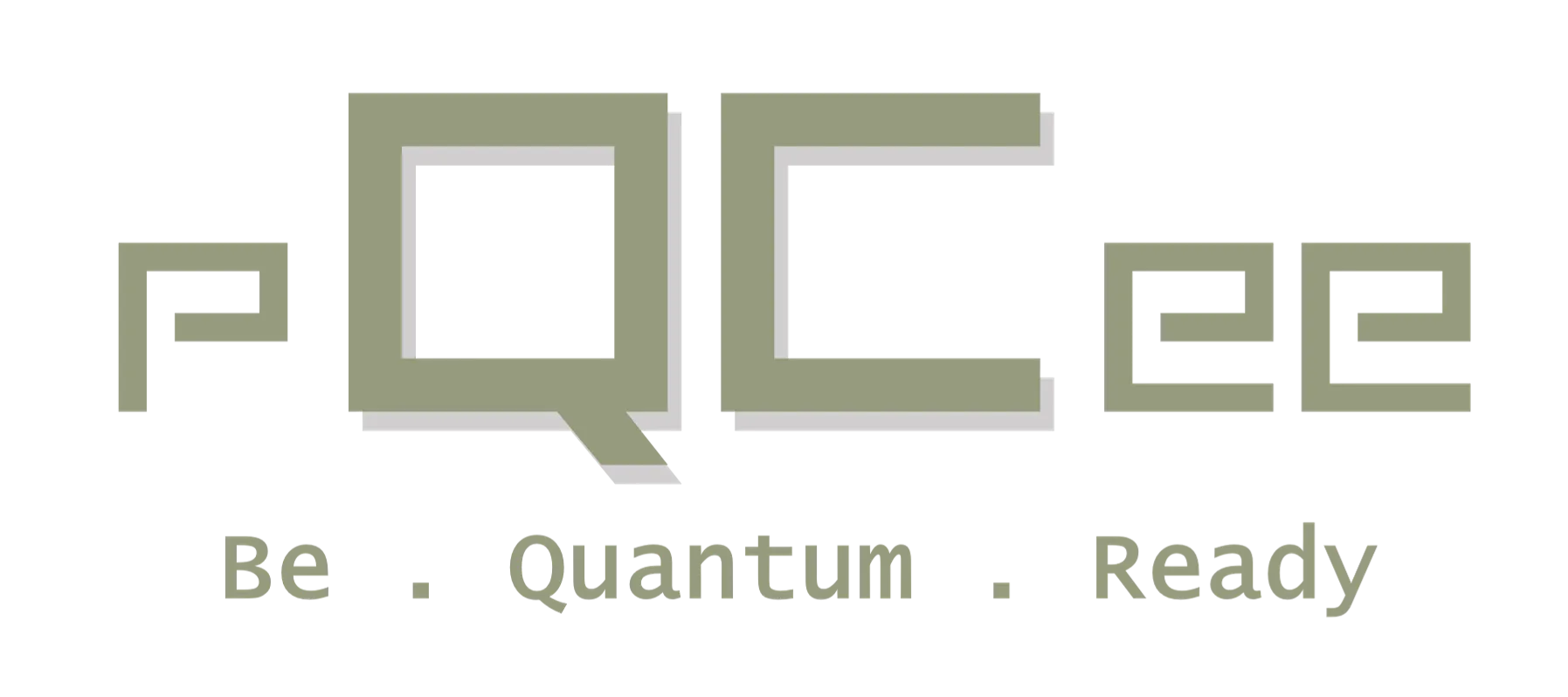September 18, 2022
Layering Quantum-Resistance into Classical Digital Signature Algorithms
Is it possible to make ECDSA signatures quantum-secure? Yes.
It is proven that asymmetric key cryptographic systems that rely on Integer Factorization or Discrete Logarithm as the underlying hard problem are vulnerable to quantum computers. Using Shor’s algorithm on a large-enough quantum computer, an attacker can cryptanalyze the public key to obtain the private key in O(logN) time complexity. For systems that use the classical Digital Signature Algorithm (DSA), Rivest-Shamir-Adleman (RSA) algorithm, or Elliptic-Curve Digital Signature Algorithm (ECDSA), it means that authentication, data integrity, and non-repudiation between the communicating parties cannot be assured in the post-quantum era.
In this paper, we present a novel approach using zero-knowledge proofs on the pre-image of the private signing key to layer in quantum resistance into digital signature deployments that require longer-term post-quantum protection while maintaining backward compatibility with existing implementations. We show that this approach can extend the cryptographic protection of data beyond the post-quantum era and is also easy to migrate to. An implementation of this approach applying a ZKBoo zero-knowledge proof on ECDSA signatures is realized using an RFC3161-compatible timestamp server with OpenSSL and an Adobe Acrobat Reader DC.
This paper is published at ISC 2021 https://link.springer.com/chapter/10.1007/978-3-030-91356-4_2
You can access the pre-print of the paper here: https://github.com/tanteikg/pqECDSA/blob/main/Layering_Quantum_Resistance_into_Digital_Signature_Algorithms%20pre-print.pdf
